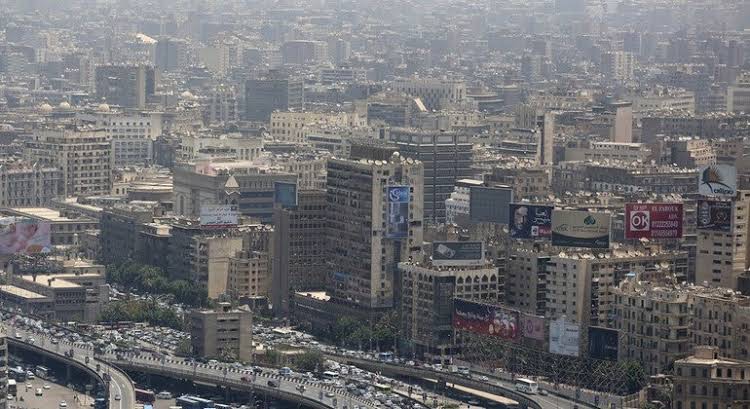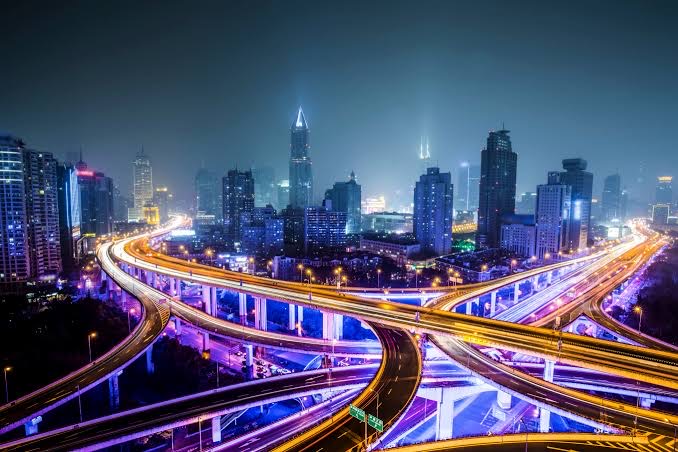The challenges and opportunities of urbanization in developing countries.

Urbanization refers to the process of population shift from rural areas to urban areas, which is typically associated with industrialization and economic development. Developing countries are currently undergoing rapid urbanization, with more and more people moving from rural areas to urban centers in search of better economic opportunities and a higher standard of living. While urbanization presents many opportunities, it also poses significant challenges. Urbanization is the process of a population shift from rural areas to urban areas. This process has been occurring for centuries, but it has accelerated significantly in the past few decades. In many developing countries, urbanization is happening at a rapid pace, leading to significant challenges for governments, residents, and the environment. In this article, we will discuss some of the challenges of urbanization in developing countries.
Overcrowding: One of the most significant challenges of urbanization in developing countries is overcrowding. The rapid influx of people into cities often leads to inadequate housing, leading to overcrowding in slums and informal settlements. This overcrowding can lead to a host of problems, including health issues, crime, and social unrest.
Poor Sanitation: The rapid growth of urban areas in developing countries often outstrips the ability of governments to provide basic services such as sanitation. As a result, many residents lack access to clean water and proper sanitation facilities, which can lead to the spread of diseases such as cholera, dysentery, and typhoid fever.
Inadequate Infrastructure: Urbanization often leads to an increased demand for infrastructure, such as roads, bridges, and public transportation. However, many developing countries lack the resources to build and maintain adequate infrastructure, leading to traffic congestion, inadequate public transportation, and a lack of basic services such as electricity and water.
Environmental Degradation: Urbanization can lead to environmental degradation in developing countries. The rapid expansion of urban areas often leads to deforestation, pollution, and the depletion of natural resources. This can have significant impacts on the environment, including air and water pollution, soil erosion, and habitat destruction.
Social Inequality: Urbanization can also exacerbate social inequality in developing countries. As cities grow, they often become centers of wealth and opportunity, attracting the wealthy and educated. However, many residents of urban areas remain trapped in poverty, with limited access to education and healthcare.
Crime and Violence: Urbanization can also lead to an increase in crime and violence in developing countries. The rapid growth of cities often leads to a breakdown of social structures and an increase in social unrest. This can lead to an increase in crime, including theft, robbery, and violent crime.
Challenges of Urbanization in Developing Countries:

Urbanization, the process by which more and more people move from rural areas to cities, brings with it a number of challenges in terms of infrastructure development. Here are some of the major challenges:
Overcrowding: As more people move into cities, the demand for infrastructure such as housing, transportation, and utilities increases. This can lead to overcrowding and strain on existing infrastructure.
Traffic congestion: Increased urbanization often leads to increased traffic, which can cause congestion and delays. This can be particularly problematic in cities with inadequate road infrastructure.
Water and sanitation: As cities grow, there is an increasing demand for clean water and effective sanitation. Providing these services can be difficult, particularly in areas where the population density is high.
Waste management: Urbanization also leads to an increase in the amount of waste produced. Proper waste management is critical to maintaining a healthy and livable environment in cities.
Energy: Cities require significant amounts of energy to power homes, businesses, and transportation systems. Ensuring a reliable and sustainable energy supply is essential to support urbanization.
Green spaces: As cities grow, there is often a reduction in green spaces such as parks and gardens. This can have a negative impact on air quality, mental health, and overall quality of life.
Financing: Infrastructure development requires significant investment. Finding ways to finance infrastructure projects can be a challenge, particularly in low- and middle-income countries.
Addressing these challenges will require careful planning, coordination, and investment from governments, businesses, and civil society organizations. It will also require innovative approaches to infrastructure development, including the use of new technologies and sustainable design principles.
Infrastructure:
Rapid urbanization often outpaces the development of infrastructure, such as roads, water supply, and sanitation facilities, leading to overcrowding and poor living conditions.
Housing:
Urbanization also puts pressure on the availability of affordable housing. Many people end up living in slums or informal settlements, lacking access to basic amenities.
Unemployment:
Cities in developing countries often face high levels of unemployment, especially among the urban poor, which can lead to social unrest and crime.
Environmental Degradation:
The increased demand for resources in urban areas leads to environmental degradation, such as air and water pollution, deforestation, and soil degradation.
Opportunities for Urbanization in Developing Countries:

Economic Growth:
Urbanization can drive economic growth, create employment opportunities and foster innovation. Urban areas have the potential to become economic hubs, attracting investment and creating job opportunities for the local population. Urbanization can also increase productivity and efficiency, which can lead to higher economic growth.
Improved access to education and healthcare:
Urbanization can also improve living standards, as urban areas offer access to better health care, education, and other essential services. Urban areas typically have better access to education and healthcare facilities, which can improve the quality of life for residents.

Increased Diversity:
Urbanization can create a more diverse and multicultural society, fostering creativity and social cohesion.
Improved Infrastructure:
As urban areas grow, they attract more investment in infrastructure, which can improve access to basic services and enhance the quality of life.
Infrastructure development:
Urbanization can drive the development of infrastructure such as roads, bridges, and public transportation systems, which can improve connectivity and accessibility in the region.
Innovation and creativity:
Urban areas are often centers of innovation and creativity, where ideas and cultures converge, leading to the development of new technologies, products, and services.
Environmental sustainability:
Urbanization can lead to more efficient use of resources and a reduction in carbon emissions, as urban areas often have better waste management and recycling systems in place.
However, urbanization can also present challenges such as increased pressure on resources, environmental degradation, and social inequality. It is essential for policymakers to develop comprehensive urban planning strategies that take into account the needs of all stakeholders and prioritize sustainable development.
CONCLUSION.
In conclusion, urbanization in developing countries presents both opportunities and challenges. To fully reap the benefits of urbanization, policymakers must address the challenges by investing in infrastructure and social services while managing the environmental impact of urbanization. Urbanization in developing countries presents significant challenges that must be addressed by governments and communities. These challenges include overcrowding, poor sanitation, inadequate infrastructure, environmental degradation, social inequality, and crime and violence. Addressing these challenges will require significant investments in infrastructure, social services, and environmental protection, as well as efforts to promote social and economic equity.


You must be logged in to post a comment.